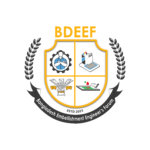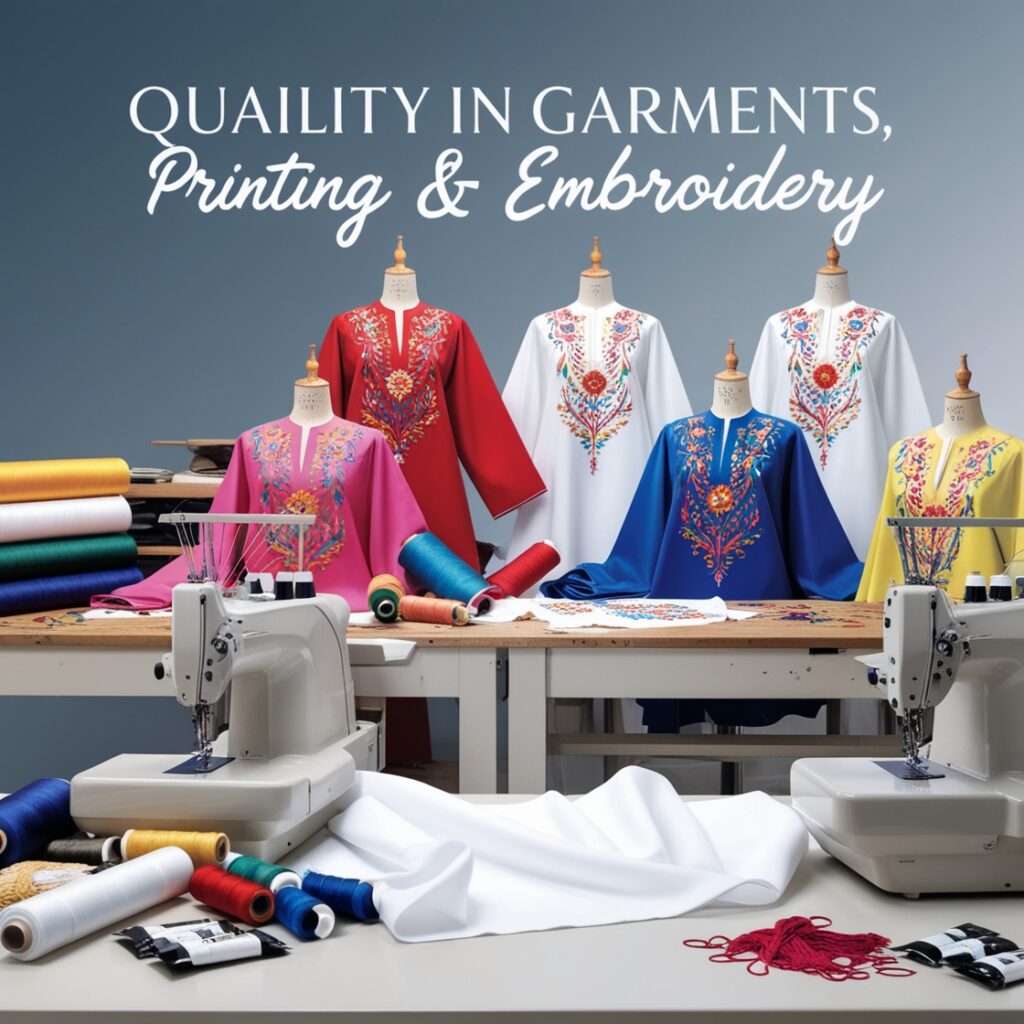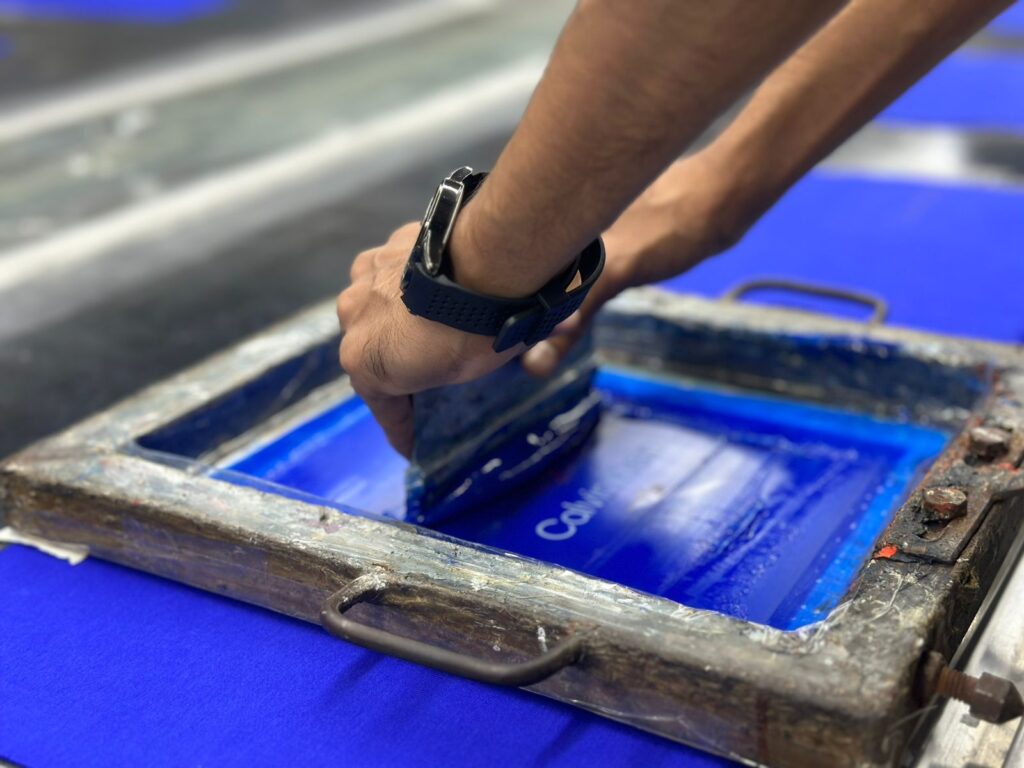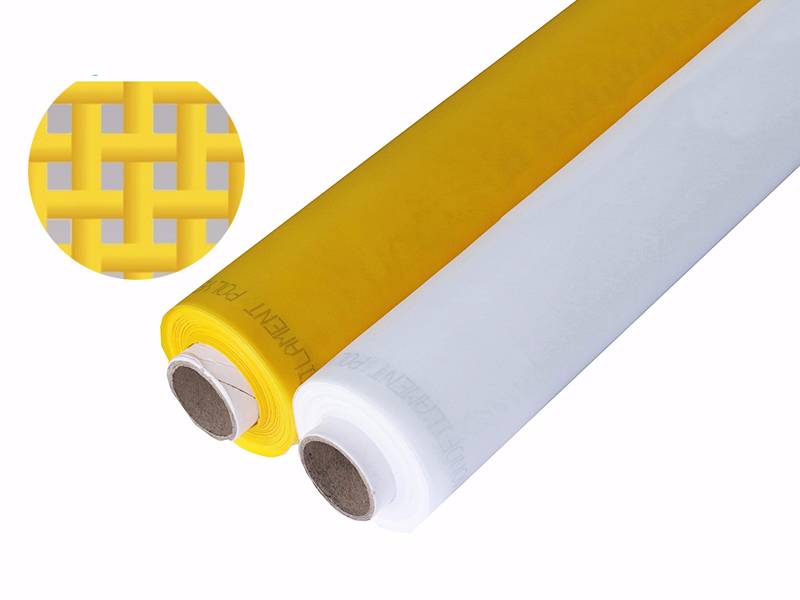Total Quality Management (TQM) in Screen Printing & Embroidery
Total Quality Management (TQM) is a business philosophy that aims to achieve and maintain excellencein all aspects of a company’s operations. In the screen printing technology industry, TQM cansignificantly improve product quality, customer satisfaction, and overall business performance. Key Principles of TQM in Screen Printing TechnologyCustomer Focus1. Understanding Customer Needs: Identifying and addressing the specific requirements andexpectations of screen printing customers, including print quality, color accuracy, durability, andturnaround time.2. Continuous Feedback: Implementing mechanisms for gathering and analyzing customer feedback tomake informed decisions and improvements.Employee Involvement1. Empowerment: Empowering screen printing technicians at all levels to contribute to qualityimprovement initiatives and decision-making processes.2. Training and Development: Providing ongoing training and development opportunities to enhanceemployees’ skills and knowledge.Process Improvement1. Continuous Improvement: Adopting a mindset of continuous improvement, seeking out andeliminating waste and inefficiencies in production processes.2. Data-Driven Decision Making: Using data and analytics to identify process bottlenecks, measureperformance, and track progress towards quality goals.Leadership Commitment1. Vision and Direction: Providing clear vision and direction for quality improvement initiatives,ensuring that TQM principles are understood and embraced by all levels of the organization.2. Support and Resources: Providing the necessary resources, support, and leadership to enablesuccessful implementation of TQM. Specific Applications of TQM in Screen Printing Technology1. Quality Control: Implementing rigorous quality control measures at all stages of the screen printingprocess, from screen preparation to final product inspection.2. Color Management: Ensuring accurate color reproduction through the use of color managementsystems and standardized color palettes.3. Equipment Maintenance: Regularly maintaining and calibrating screen printing equipment to ensureoptimal performance and reliability.4. Waste Reduction: Implementing strategies to reduce waste and minimize environmental impact, suchas using eco-friendly inks and optimizing production processes.5. Supplier Management: Establishing strong relationships with suppliers and ensuring that they meetquality standards for inks, screens, and other materials. Benefits of TQM in Screen Printing Technology1. Improved Print Quality: TQM can lead to significant improvements in print quality, resulting inincreased customer satisfaction and loyalty.2. Reduced Costs: By eliminating waste and inefficiencies, TQM can help to reduce costs and improveprofitability.3. Enhanced Customer Satisfaction: TQM can enhance customer satisfaction by delivering products andservices that meet or exceed expectations.4. Increased Market Share: TQM can help screen printing companies to gain a competitive advantage byoffering higher-quality products and better customer service.5. Improved Employee Morale: TQM can improve employee morale by creating a positive andempowering work environment.Challenges and Considerations6. Resistance to Change: Implementing TQM can be challenging, especially if there is resistance tochange from employees or management.7. Cultural Differences: TQM may need to be adapted to fit the cultural context of different screenprinting organizations.8. Measurement and Evaluation: It is important to establish effective measurement and evaluationsystems to track progress and identify areas for improvement.By embracing TQM principles, screen printing companies can achieve significant improvements inquality, productivity, and customer satisfaction, ultimately driving long-term success. Written by: Engr Apurba SarkerAsst. Manager, Embellishment QualityHEMS Group Total Quality Management (TQM) in Screen Printing & Embroidery



